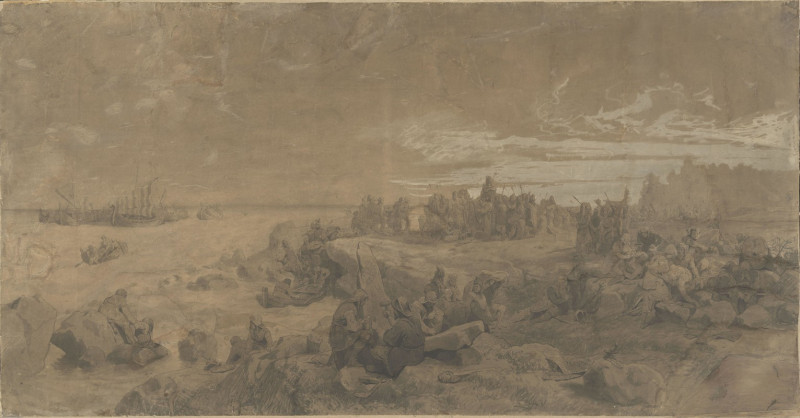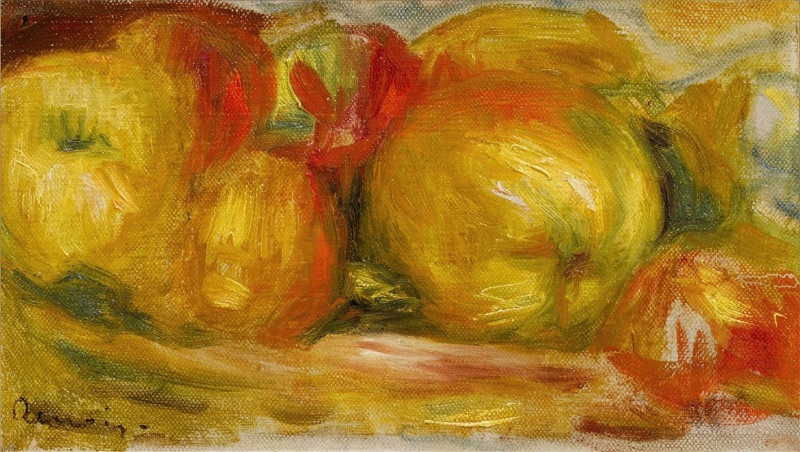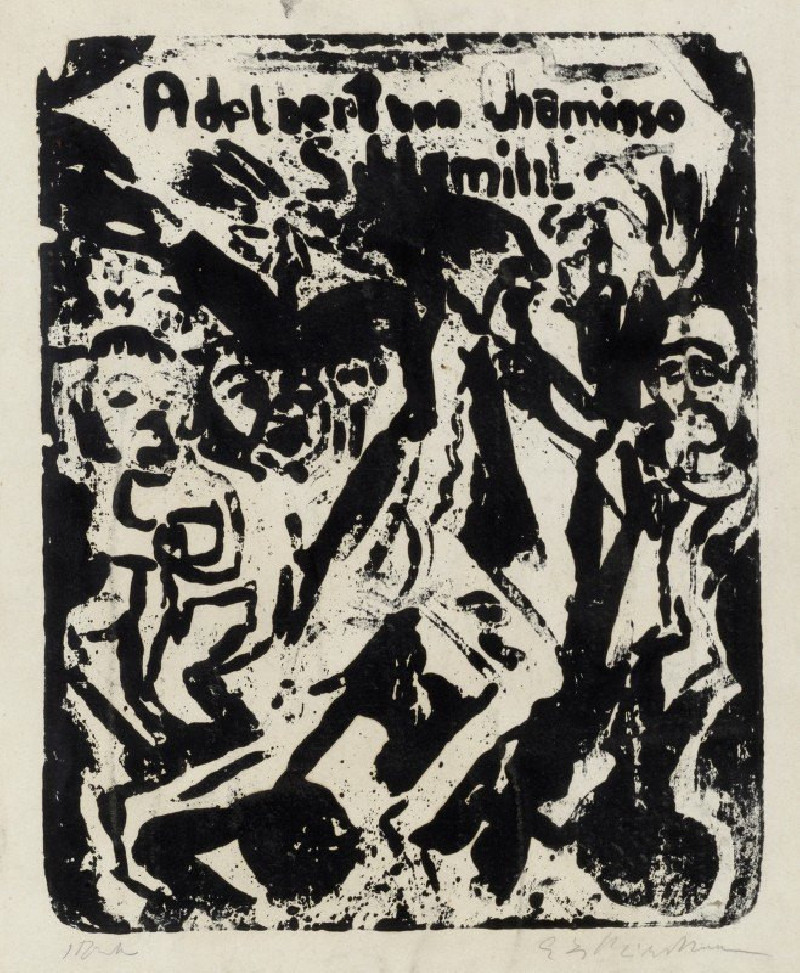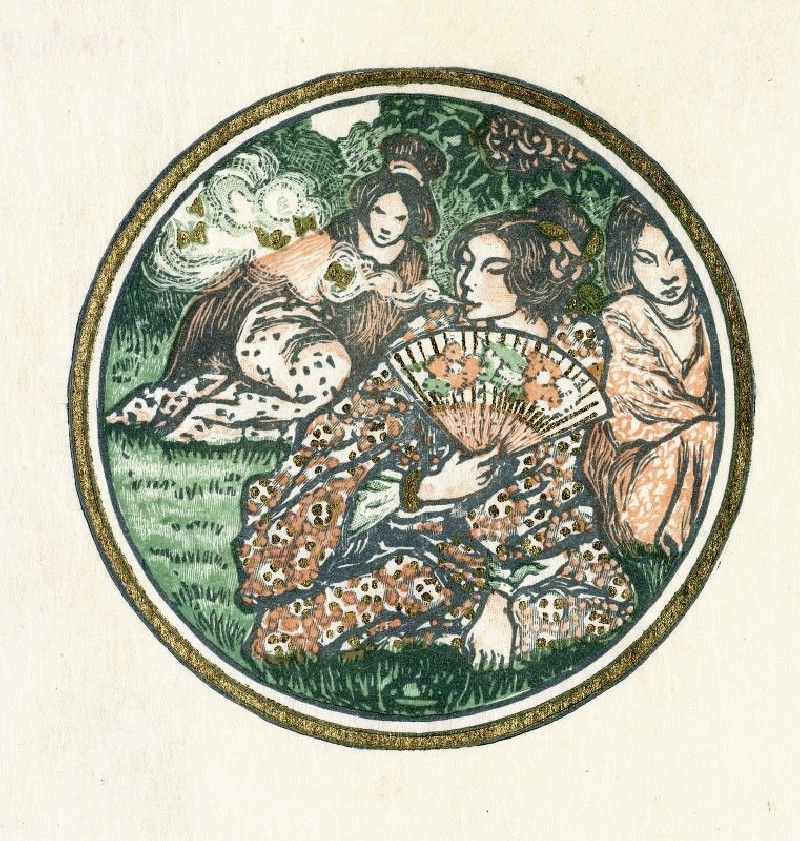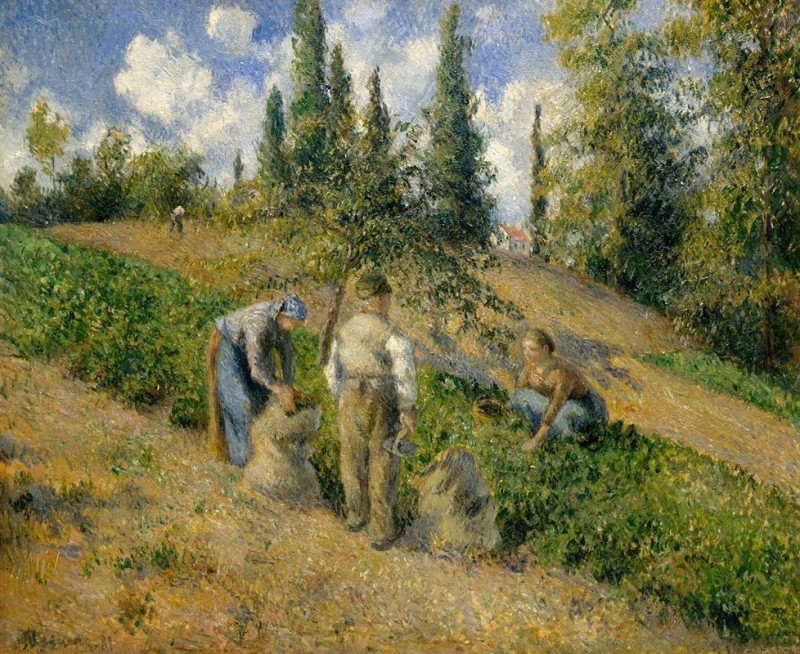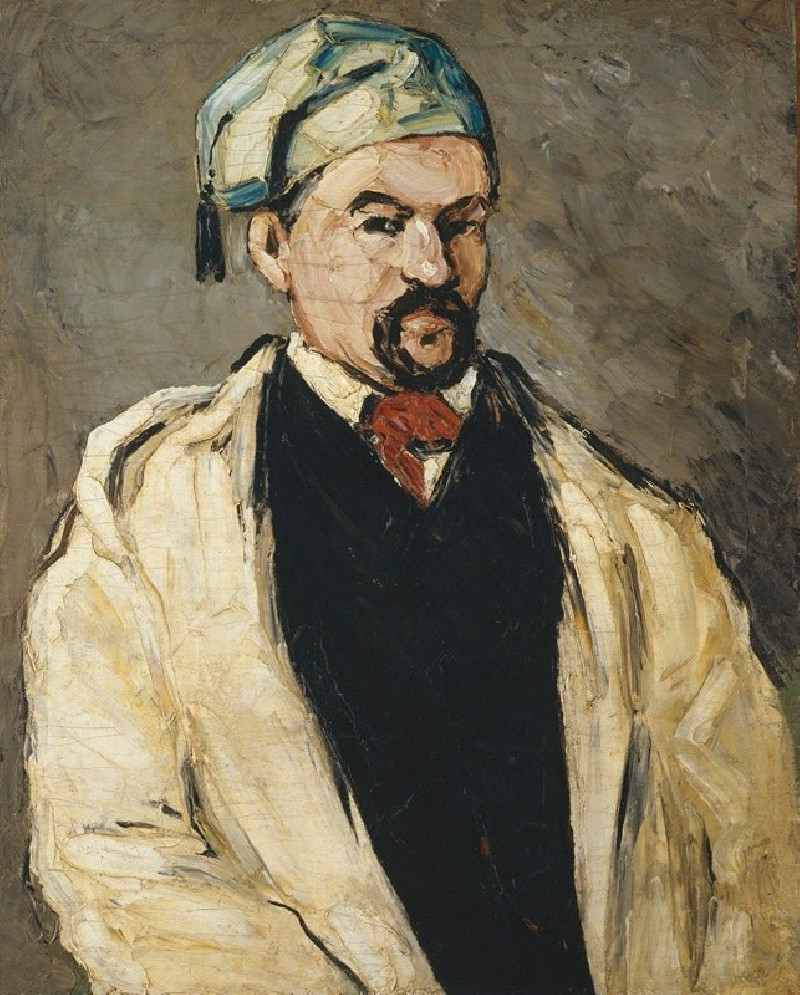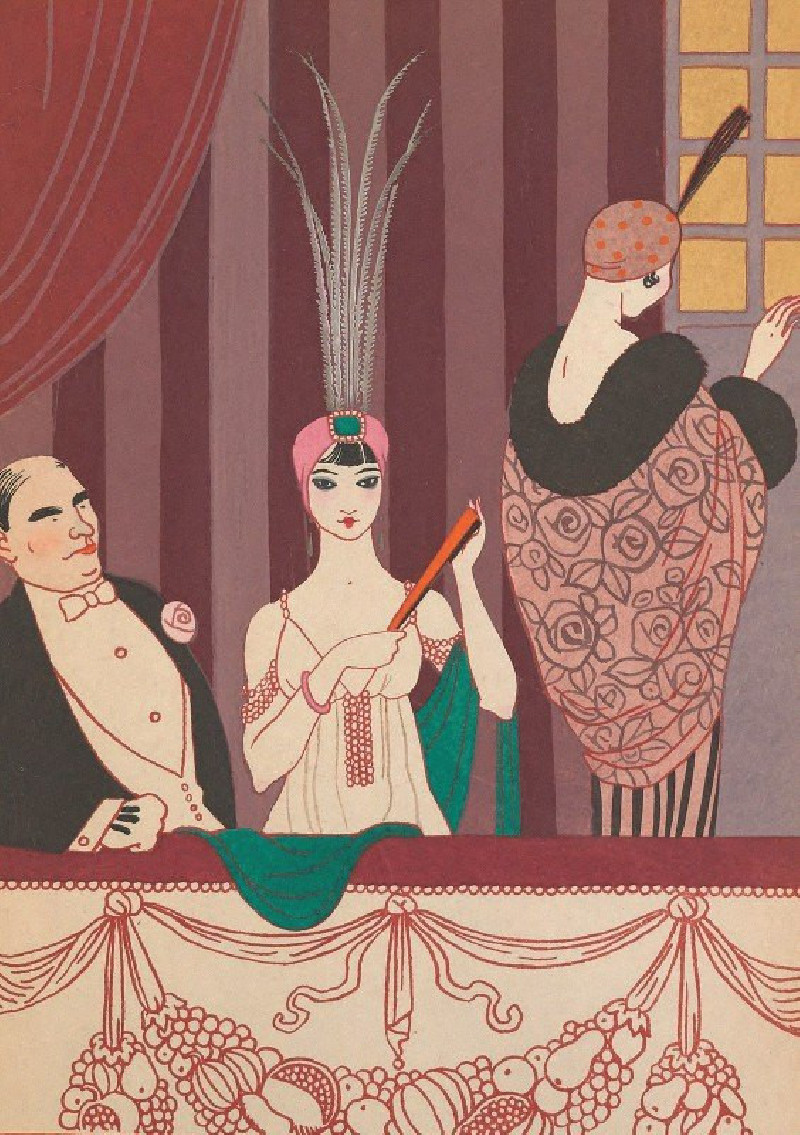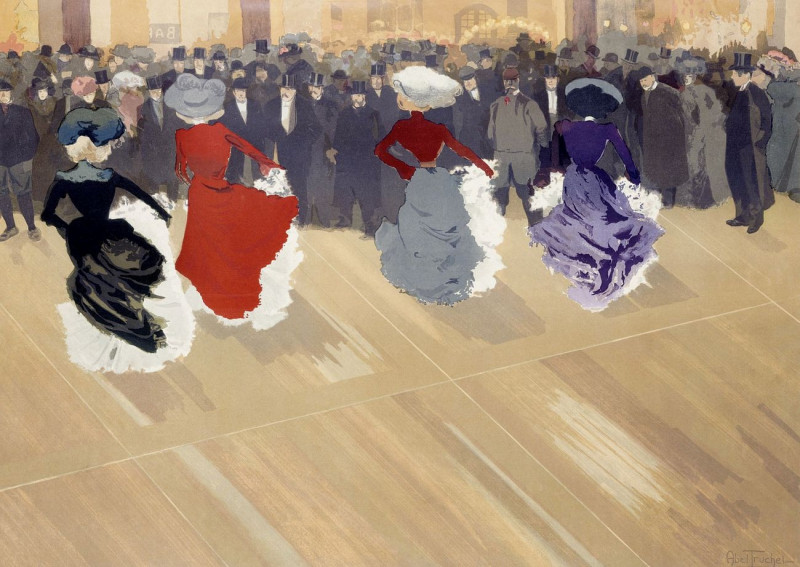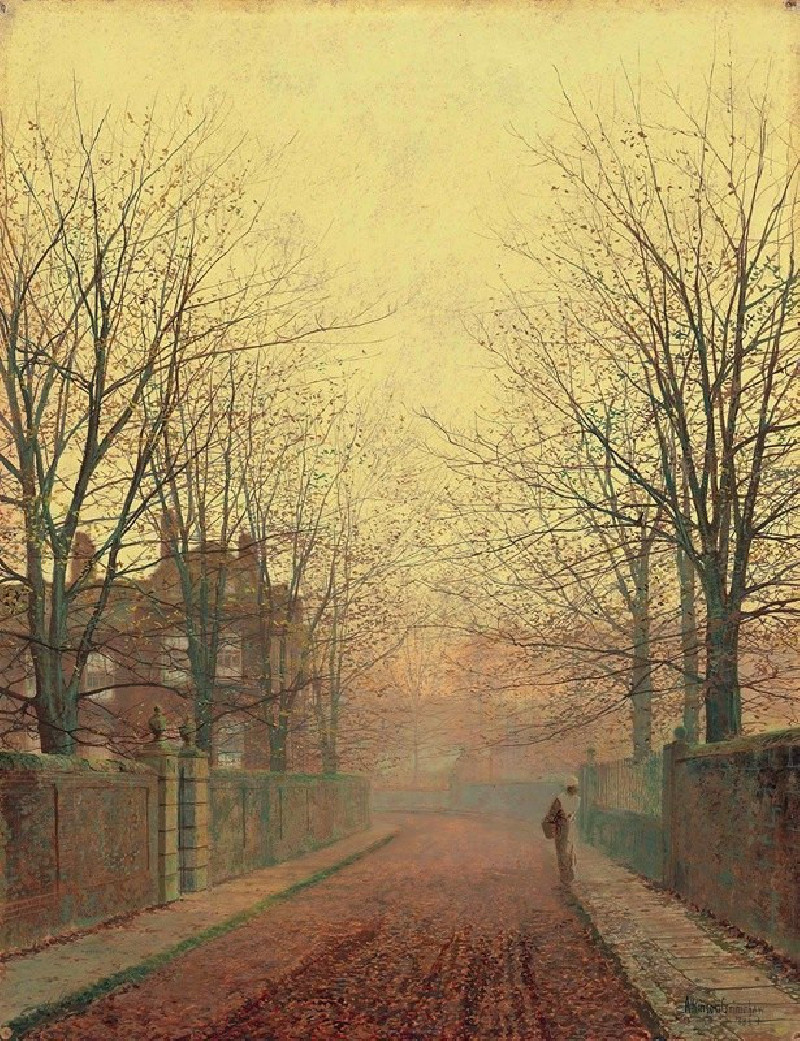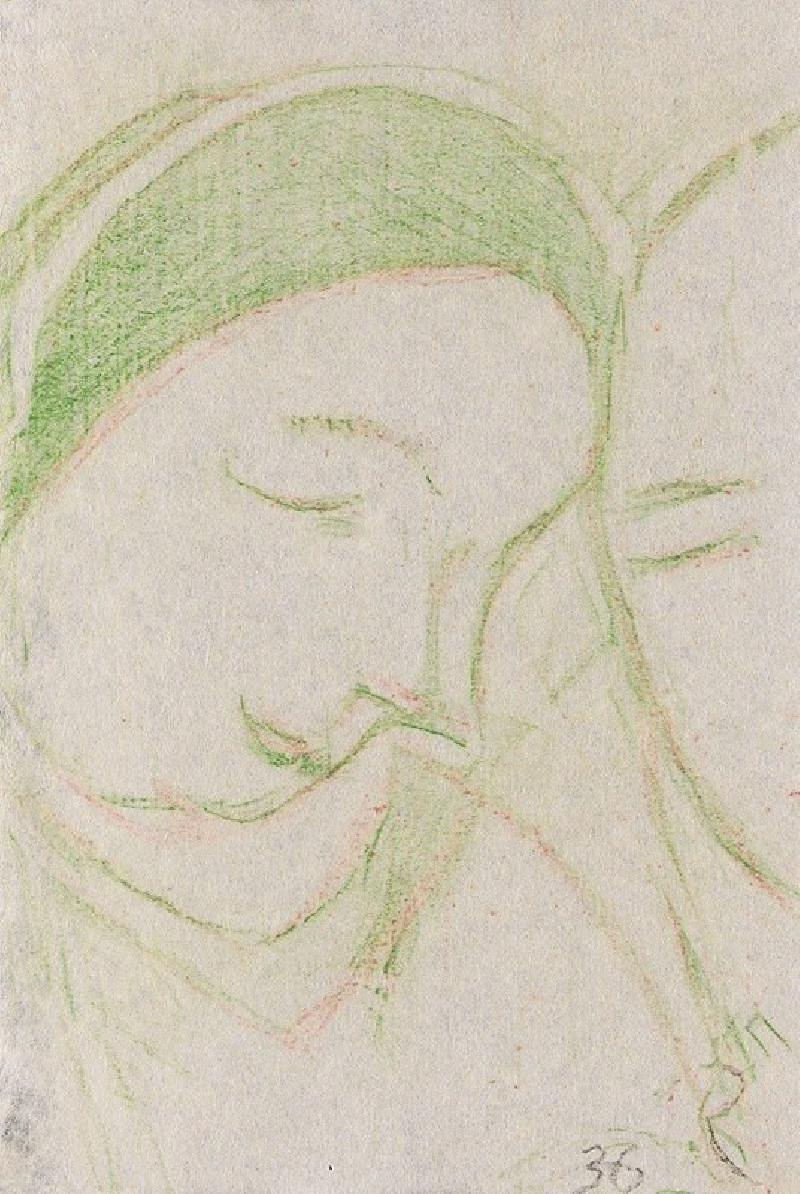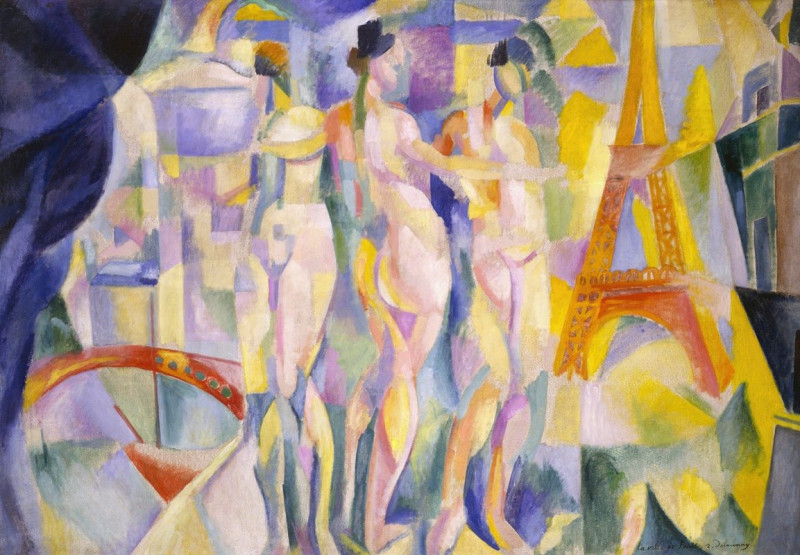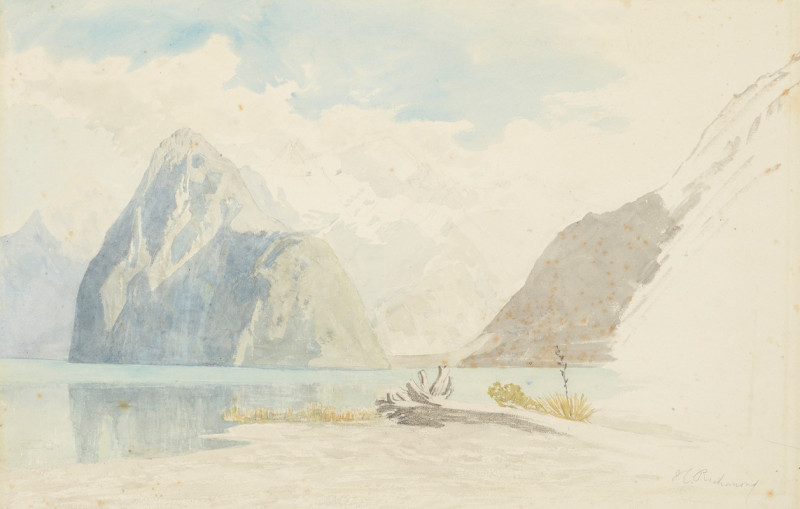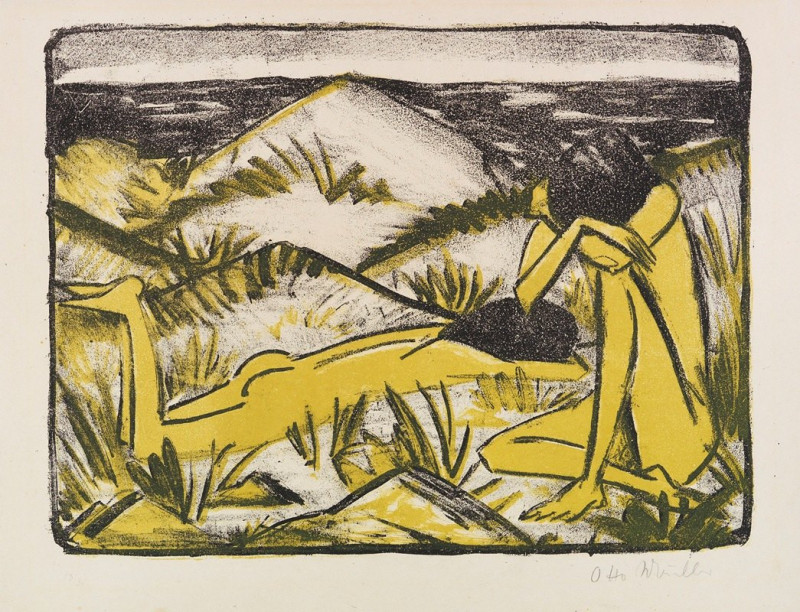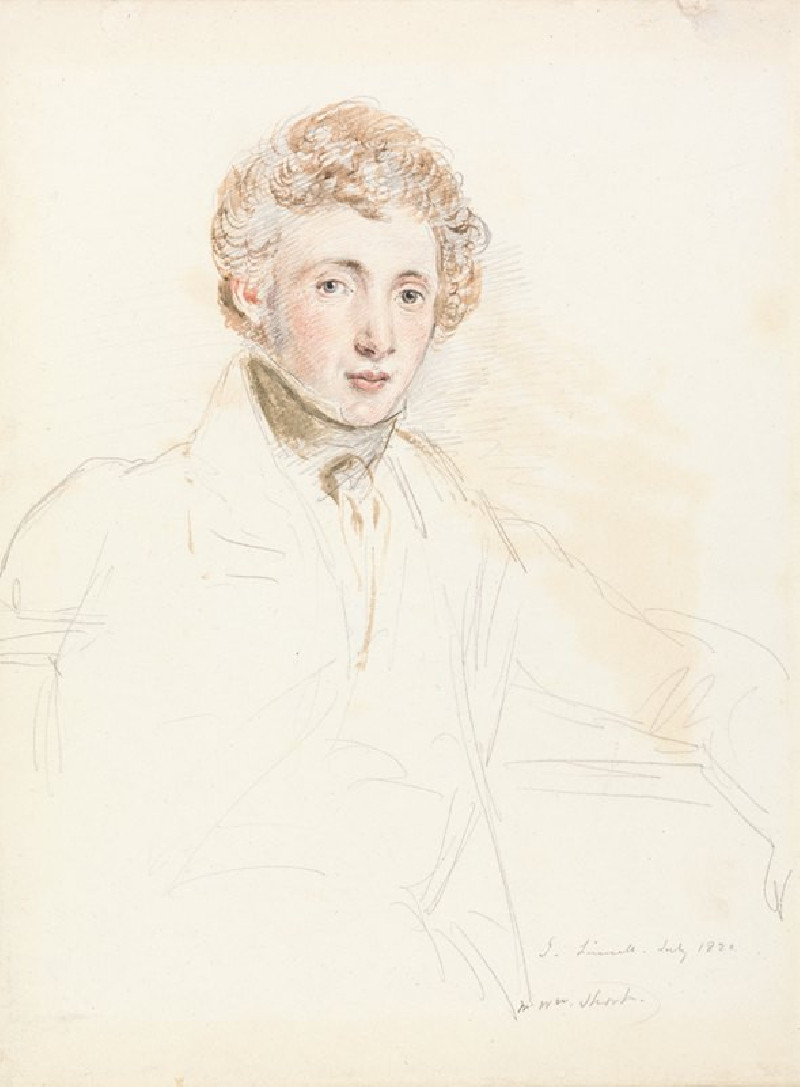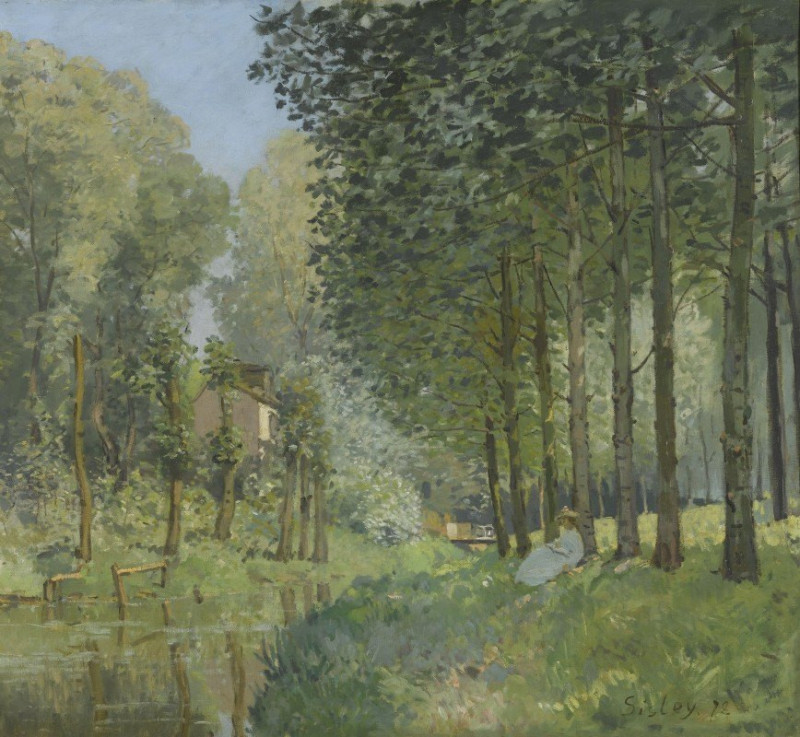Lust (around 1921)
Technique: Giclée quality print
Recommended by our customers
More about this artwork
We are excited to feature the evocative painting "Lust" by Karl Wiener, created around 1921. This stunning piece is immersed in vibrant hues and chaotic lines, drawing viewers into a visual exploration of emotion and sensation.The artwork features multiple eyes of varying sizes and colors, all seemingly floating amidst a mesh of radiant, interlocking lines. These eyes, rendered in detail, convey a range of emotions. Some appear wide and staring, others more subdued, each contributing to a different aspect of the human experience associated with "lust." The piercing gazes appear to look out from the canvas, implicating the viewer in this web of visceral feelings.Wiener's choice of a primarily warm color palette—rich reds, deep oranges, and striking yellows—accentuates the intensity of the subject. The colors bleed and overlap, creating a sense of movement and interconnection, which suggests the intertwining complexities of human desires."Lust" invites us to ponder the layers of our own emotional responses and the ways in which our desires are seen by others.































